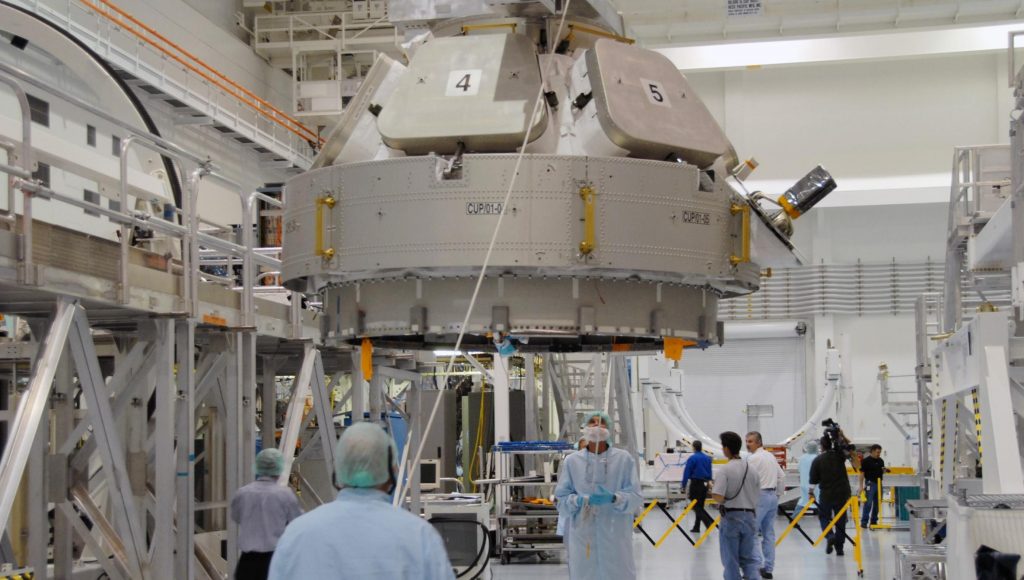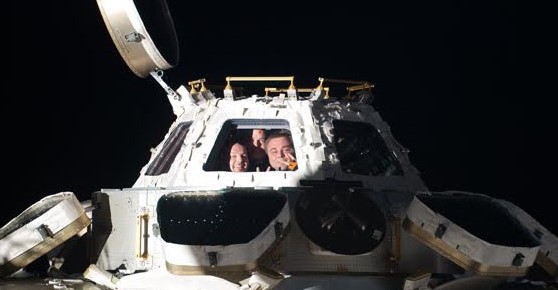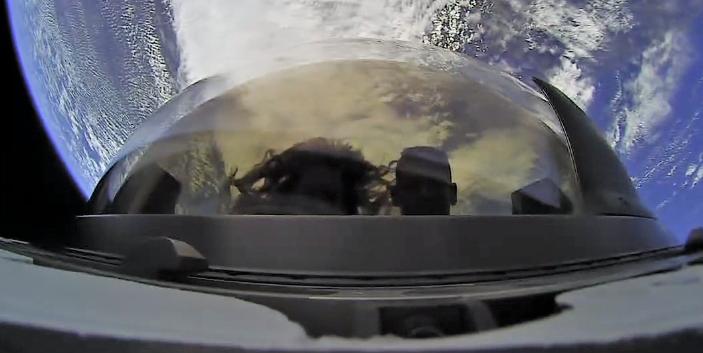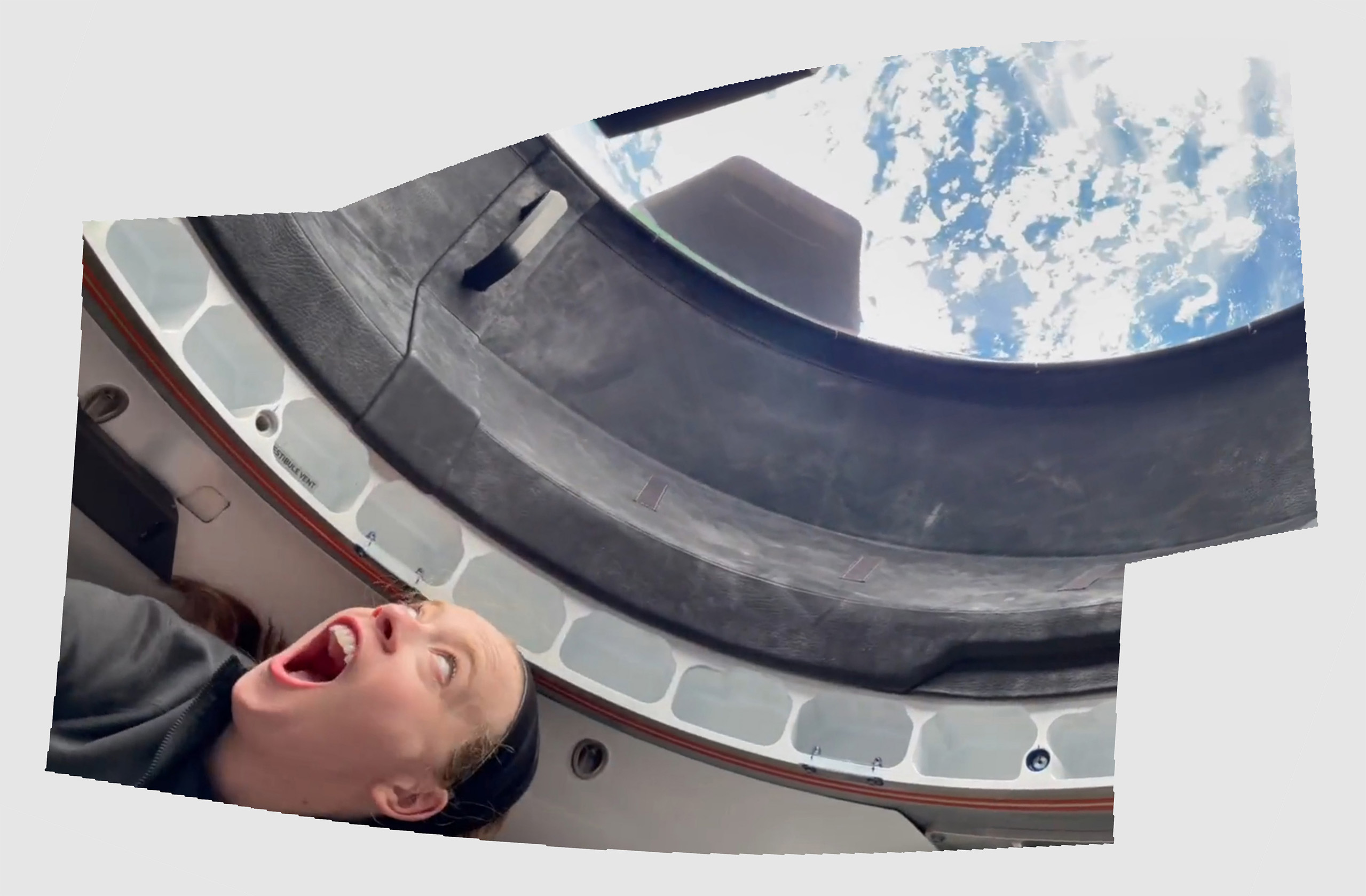

News
SpaceX Inspiration4 astronaut shares behind-the-scenes look at largest space window’s ‘first light’
SpaceX Inspiration4 astronaut Sian Proctor has shared the first behind-the-scenes look at what it was like for the world’s first all-private astronaut crew to witness the largest window ever flown in space for the first time.
In front of the camera: Hayley Arceneaux, now the youngest American astronaut in history and the first person ever to fly in space (or orbit) with an internal prosthetic. The mission: Inspiration4, a philanthropic creation of billionaire and CEO Jared Isaacman heavily focused on raising money (and awareness) for St. Jude’s Children’s Hospital and the fight against childhood cancer. While, as many an internet-goer will be more than eager to point out, Isaacman could have technically donated ~10% – not ~5% – of his net worth and been done with it, he instead decided to commit $100M to St. Jude’s and shepherd the world’s first all-private crewed orbital spaceflight into existence.
Private orbital spaceflight is not unique – seven other paying customers have flown to orbit and back in the 21st century. What Jared conceived of, however, is. Instead of a rather less inspirational mishmash of anyone rich enough to pay ~$20-40M for a seat, Isaacman chose to invite three relatively ordinary people along for the ride and even raffled one of the three ‘tickets’ to any American willing to donate $10 or more to the fight against childhood cancer. A step further, thanks to an excellent and transparent social media presence, millions of people from around the world got to follow the mission’s progress, watch a large portion of it live, and generally be awed by an important step forward for spaceflight and inspired by one of the most simultaneously eclectic and ordinary astronaut crew of all time.
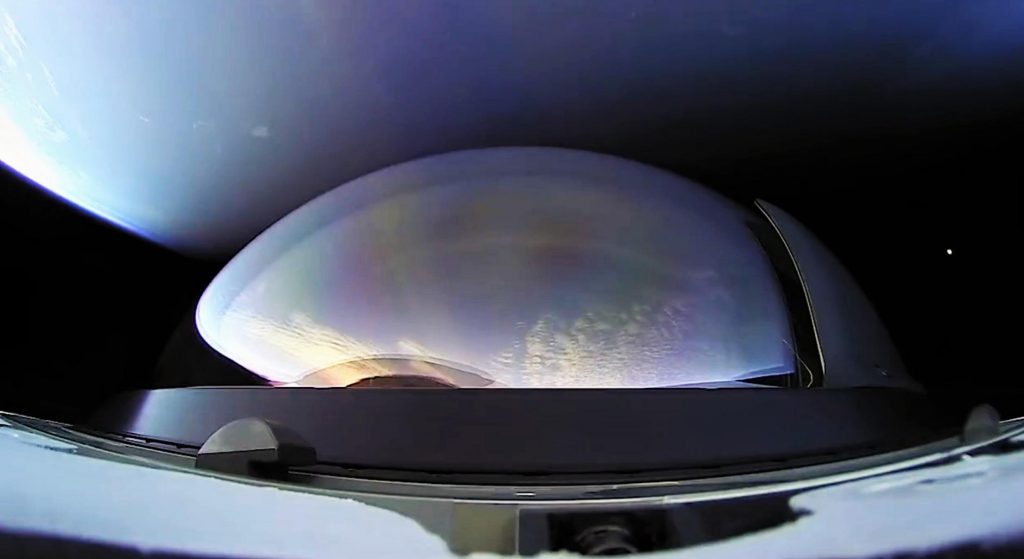
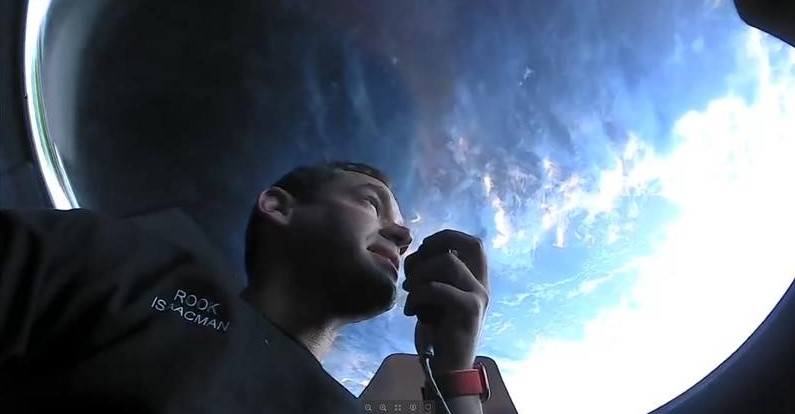
More to the point, millions of people (or at least hundreds of thousands, for now) wouldn’t have gotten to vicariously experience the sheer joy of the first orbital cancer survivor experiencing the largest, most uninterrupted window ever flown in space for the first time. Officially known as the ‘cupola,’ SpaceX conceived of, designed, built, qualified, and flew the massive dome window in less than a year from start to finish.
Measuring around 1.2m (3.9 ft) wide and around 0.8-1m (2.5-3.2 ft) wide on the inside, Inspiration4’s cupola might offer less internal volume than NASA’s decade-old International Space Station cupola, but it makes up for the tighter space with the largest seamless window ever flown in space. Likely made out of several layers of acrylic domes not dissimilar to the ‘bubbles’ one might come across at aquariums, the innermost ‘layer’ of Dragon’s cupola carries an odd brownish hue but the glass (technically plastic) is still almost completely transparent and has no ‘frame’ or interruptions save for where it attaches to the spacecraft itself.
Thankfully, by all appearances, that brownish hue – perhaps some kind of optical coating or a tint to reduce glare – isn’t easily discernable from the inside looking out. Instead, the uninterrupted window practically melts away into a crystal-clear nothing, offering what has to be one of the best views available in space.
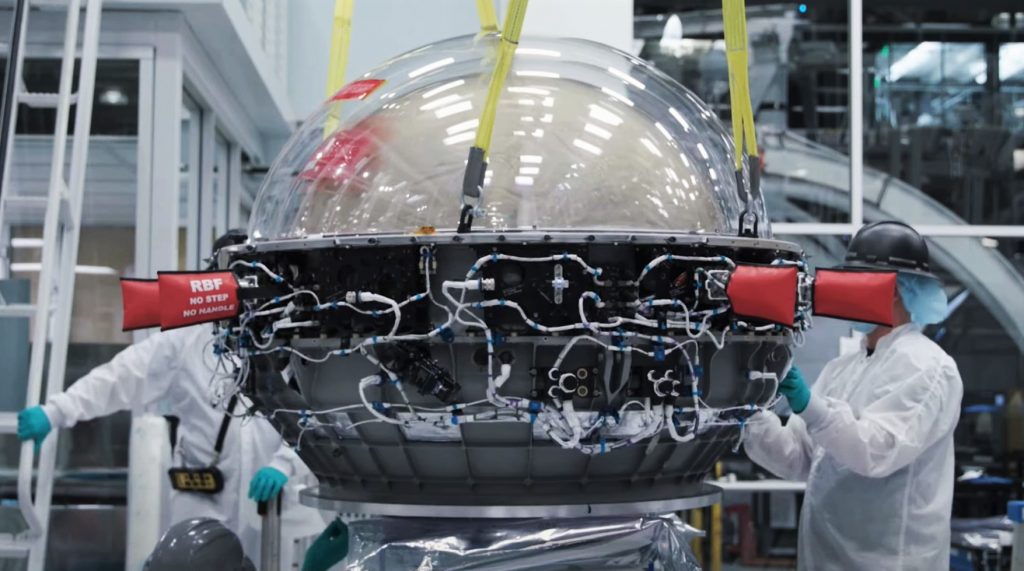
Given that SpaceX reportedly turned Dragon’s cupola from idea to reality in the matter of a single year and for a single customer, it’s difficult to imagine what additional upgrades could be realized on future Dragon spacecraft. Already, a senior SpaceX director says that the company is seriously considering building one or several new Dragons solely for private astronaut launches after receiving a massive uptick in demand for tickets to orbit. Even before Inspiration4 had splashed down, CEO Elon Musk promised that future flights would offer in-flight internet and hot food with the addition of a small oven/heater and a connection to the company’s own Starlink satellite constellation.
If SpaceX were to build an entirely new Dragon just for private free-flyer launches, it could potentially implement significant design changes as long as they didn’t appreciably lower safety. Given that an exclusively free-flying Dragon would never need to worry about docking in orbit, SpaceX might even be able to tweak the nosecone and make the cupola wider and taller. The possibilities may be far from endless but the fact that SpaceX would consider a modification as extreme as the cupola that flew on Inspiration4 in the first place suggests that the company is quite a lot more confident – and more willing to make big changes – than one might have previously guessed.
News
Tesla UK sales see 14% year-over-year rebound in June: SMMT data
The SMMT stated that Tesla sales grew 14% year-over-year to 7,719 units in June 2025.
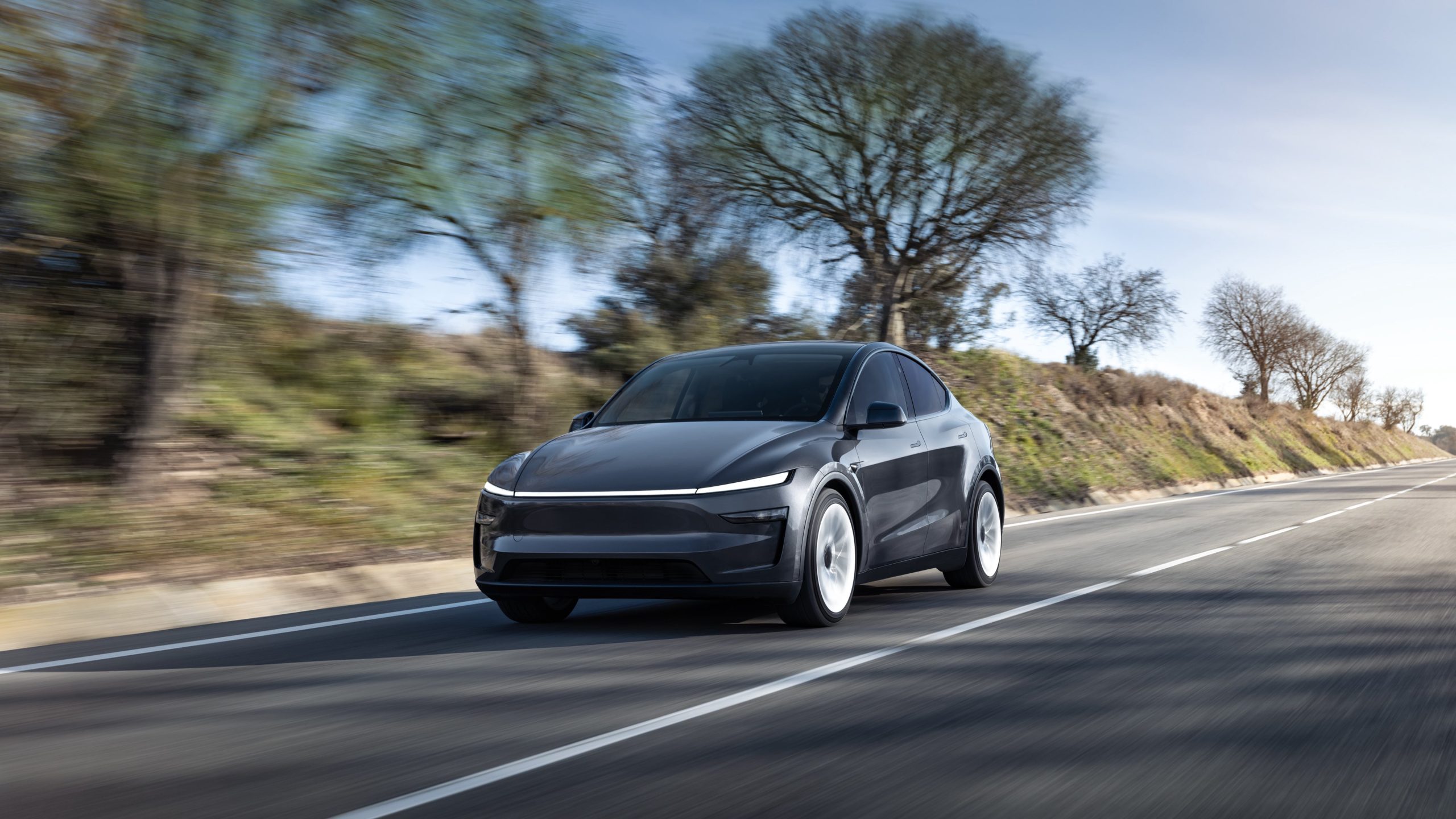
Tesla’s sales in the United Kingdom rose in June, climbing 14% year-over-year to 7,719 units, as per data from the Society of Motor Manufacturers and Traders (SMMT). The spike in the company’s sales coincided with the first deliveries of the updated Model Y last month.
Model Y deliveries support Tesla’s UK recovery
Tesla’s June performance marked one of its strongest months in the UK so far this year, with new Model Y deliveries contributing significantly to the company’s momentum.
While the SMMT listed Tesla with 7,719 deliveries in June, independent data from New AutoMotive suggested that the electric vehicle maker registered 7,891 units during the month instead. However, year-to-date figures for Tesla remain 2% down compared to 2024, as per a report from Reuters.
While Tesla made a strong showing in June, rivals are also growing. Chinese automaker BYD saw UK sales rise nearly fourfold to 2,498 units, while Ford posted the highest EV growth among major automakers, with a more than fourfold increase in the first half of 2025.
Overall, the UK’s battery electric vehicle (BEV) demand surged 39% to to 47,354 units last month, helping push total new car sales in the UK to 191,316 units, up 6.7% from the same period in 2024.
EV adoption accelerates, but concerns linger
June marked the best month for UK car sales since 2019, though the SMMT cautioned that growth in the electric vehicle sector remains heavily dependent on discounting and support programs. Still, one in four new vehicle buyers in June chose a battery electric vehicle.
SMMT Chief Executive Mike Hawes noted that despite strong BEV demand, sales levels are still below regulatory targets. “Further growth in sales, and the sector will rely on increased and improved charging facilities to boost mainstream electric vehicle adoption,” Hawes stated.
Also taking effect this week was a new US-UK trade deal, which lowers tariffs on UK car exports to the United States from 27.5% to 10%. The agreement could benefit UK-based EV producers aiming to expand across the country.
News
Tesla Model 3 ranks as the safest new car in Europe for 2025, per Euro NCAP tests
Despite being on the market longer than many of its rivals, the Tesla Model 3 continues to set the bar for vehicle safety.
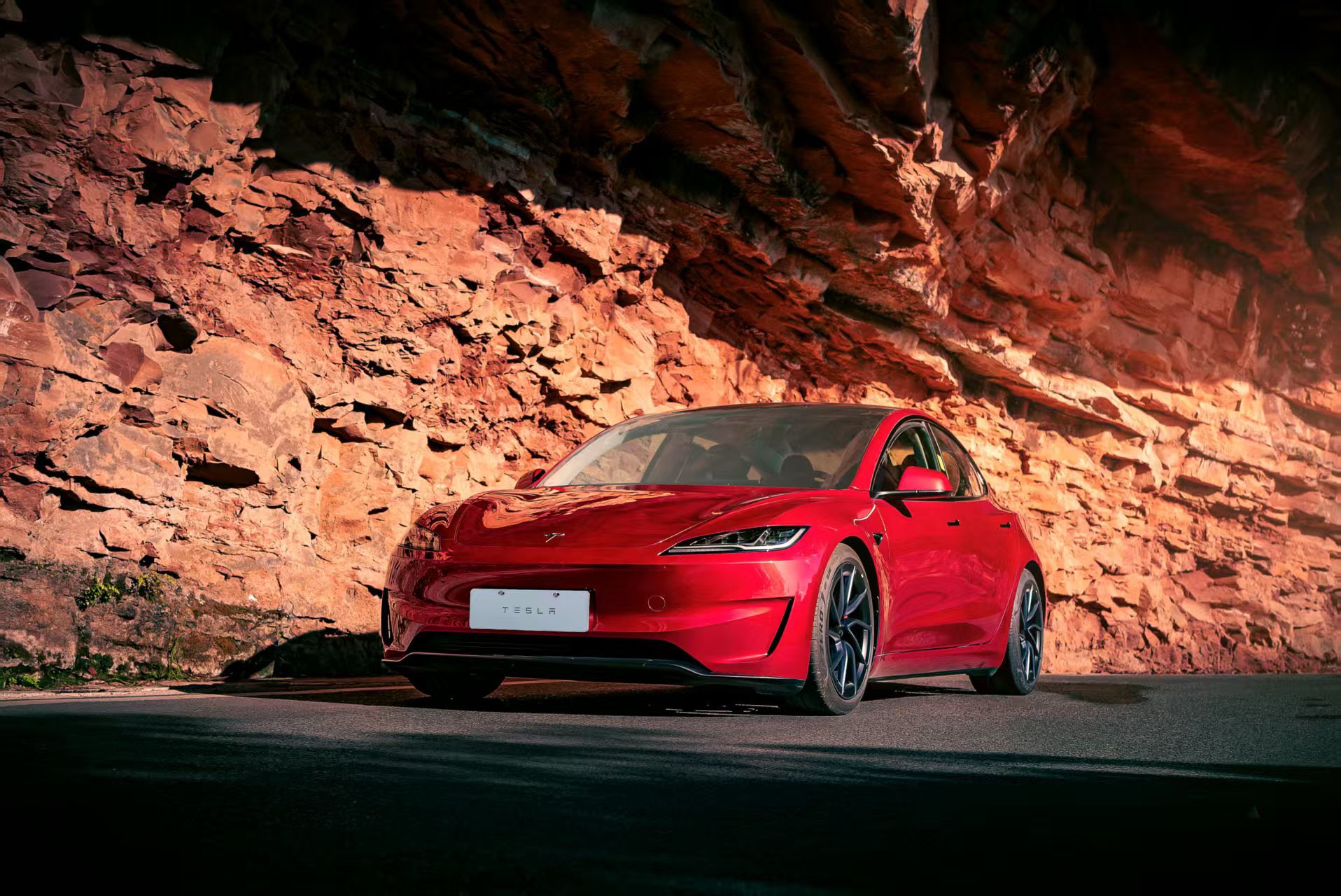
The Tesla Model 3 has been named the safest new car on sale in 2025, according to the latest results from the Euro NCAP. Among 20 newly tested vehicles, the Model 3 emerged at the top of the list, scoring an impressive 359 out of 400 possible points across all major safety categories.
Tesla Model 3’s safety systems
Despite being on the market longer than many of its rivals, the Tesla Model 3 continues to set the bar for vehicle safety. Under Euro NCAP’s stricter 2025 testing protocols, the electric sedan earned 90% for adult occupant protection, 93% for child occupant protection, 89% for pedestrian protection, and 87% for its Safety Assist systems.
The updated Model 3 received particular praise for its advanced driver assistance features, including Tesla’s autonomous emergency braking (AEB) system, which performed well across various test scenarios. Its Intelligent Speed Assistance and child presence detection system were cited as noteworthy features as well, as per a WhatCar report.
Other notable safety features include the Model 3’s pedestrian-friendly pop-up hood and robust crash protection for both front and side collisions. Euro NCAP also highlighted the Model 3’s ability to detect vulnerable road users during complex maneuvers, such as turning across oncoming traffic.
Euro NCAP’s Autopilot caution
While the Model 3’s safety scores were impressive across the board, Euro NCAP did raise concerns about driver expectations of Tesla’s Autopilot system. The organization warned that some owners may overestimate the system’s capabilities, potentially leading to misuse or inattention behind the wheel. Even so, the Model 3 remained the highest-scoring vehicle tested under Euro NCAP’s updated criteria this year.
The Euro NCAP’s concerns are also quite interesting because Tesla’s Full Self-Driving (FSD) Supervised, which is arguably the company’s most robust safety suite, is not allowed for public rollout in Europe yet. FSD Supervised would allow the Model 3 to navigate inner city streets with only minimal human supervision.
Other top scorers included the Volkswagen ID.7, Polestar 3, and Geely EX5, but none matched the Model 3’s total score or consistency across categories. A total of 14 out of 20 newly tested cars earned five stars, while several models, including the Kia EV3, MG ZS, and Renault 5, fell short of the top rating.
Elon Musk
Why Tesla’s Q3 could be one of its biggest quarters in history
Tesla could stand to benefit from the removal of the $7,500 EV tax credit at the end of Q3.

Tesla has gotten off to a slow start in 2025, as the first half of the year has not been one to remember from a delivery perspective.
However, Q3 could end up being one of the best the company has had in history, with the United States potentially being a major contributor to what might reverse a slow start to the year.
Earlier today, the United States’ House of Representatives officially passed President Trump’s “Big Beautiful Bill,” after it made its way through the Senate earlier this week. The bill will head to President Trump, as he looks to sign it before his July 4 deadline.
The Bill will effectively bring closure to the $7,500 EV tax credit, which will end on September 30, 2025. This means, over the next three months in the United States, those who are looking to buy an EV will have their last chance to take advantage of the credit. EVs will then be, for most people, $7,500 more expensive, in essence.
The tax credit is available to any single filer who makes under $150,000 per year, $225,000 a year to a head of household, and $300,000 to couples filing jointly.
Ending the tax credit was expected with the Trump administration, as his policies have leaned significantly toward reliance on fossil fuels, ending what he calls an “EV mandate.” He has used this phrase several times in disagreements with Tesla CEO Elon Musk.
Nevertheless, those who have been on the fence about buying a Tesla, or any EV, for that matter, will have some decisions to make in the next three months. While all companies will stand to benefit from this time crunch, Tesla could be the true winner because of its sheer volume.
If things are done correctly, meaning if Tesla can also offer incentives like 0% APR, special pricing on leasing or financing, or other advantages (like free Red, White, and Blue for a short period of time in celebration of Independence Day), it could see some real volume in sales this quarter.
You can now buy a Tesla in Red, White, and Blue for free until July 14 https://t.co/iAwhaRFOH0
— TESLARATI (@Teslarati) July 3, 2025
Tesla is just a shade under 721,000 deliveries for the year, so it’s on pace for roughly 1.4 million for 2025. This would be a decrease from the 1.8 million cars it delivered in each of the last two years. Traditionally, the second half of the year has produced Tesla’s strongest quarters. Its top three quarters in terms of deliveries are Q4 2024 with 495,570 vehicles, Q4 2023 with 484,507 vehicles, and Q3 2024 with 462,890 vehicles.
-

 Elon Musk4 days ago
Elon Musk4 days agoTesla investors will be shocked by Jim Cramer’s latest assessment
-

 News1 week ago
News1 week agoTesla Robotaxi’s biggest challenge seems to be this one thing
-

 Elon Musk2 weeks ago
Elon Musk2 weeks agoFirst Look at Tesla’s Robotaxi App: features, design, and more
-

 News2 weeks ago
News2 weeks agoSpaceX and Elon Musk share insights on Starship Ship 36’s RUD
-

 News2 weeks ago
News2 weeks agoWatch Tesla’s first driverless public Robotaxi rides in Texas
-
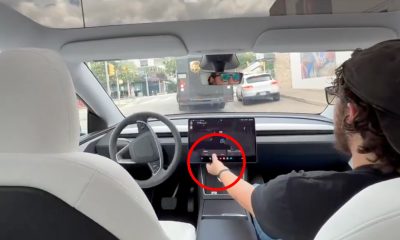
 News1 week ago
News1 week agoWatch the first true Tesla Robotaxi intervention by safety monitor
-
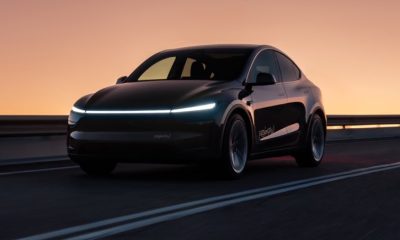
 News2 weeks ago
News2 weeks agoTesla has started rolling out initial round of Robotaxi invites
-
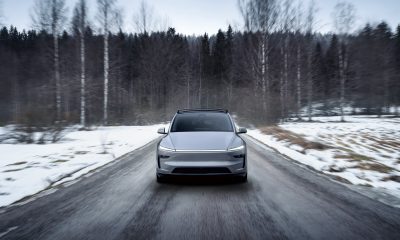
 Elon Musk2 weeks ago
Elon Musk2 weeks agoTesla to launch in India in July with vehicles already arriving: report

